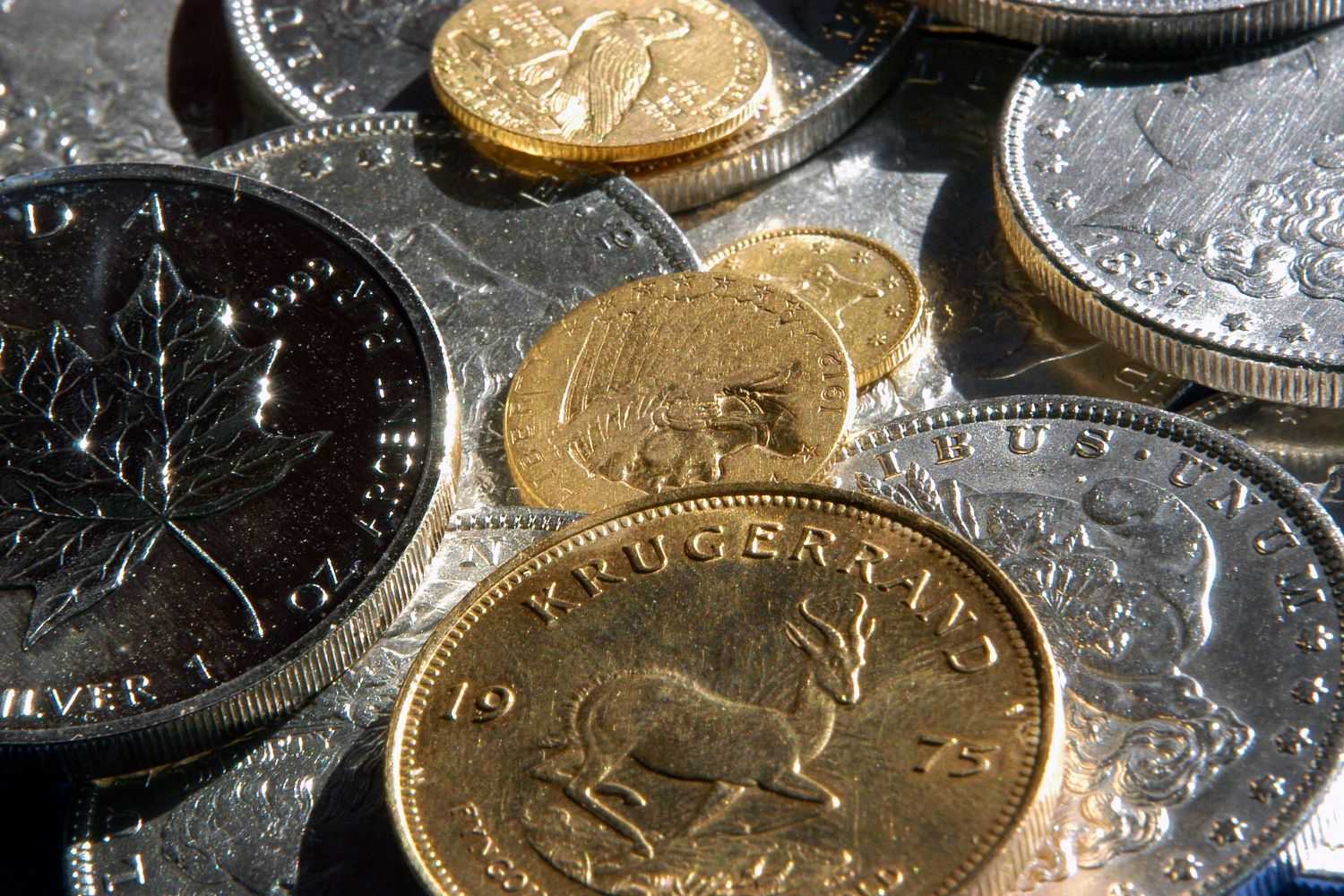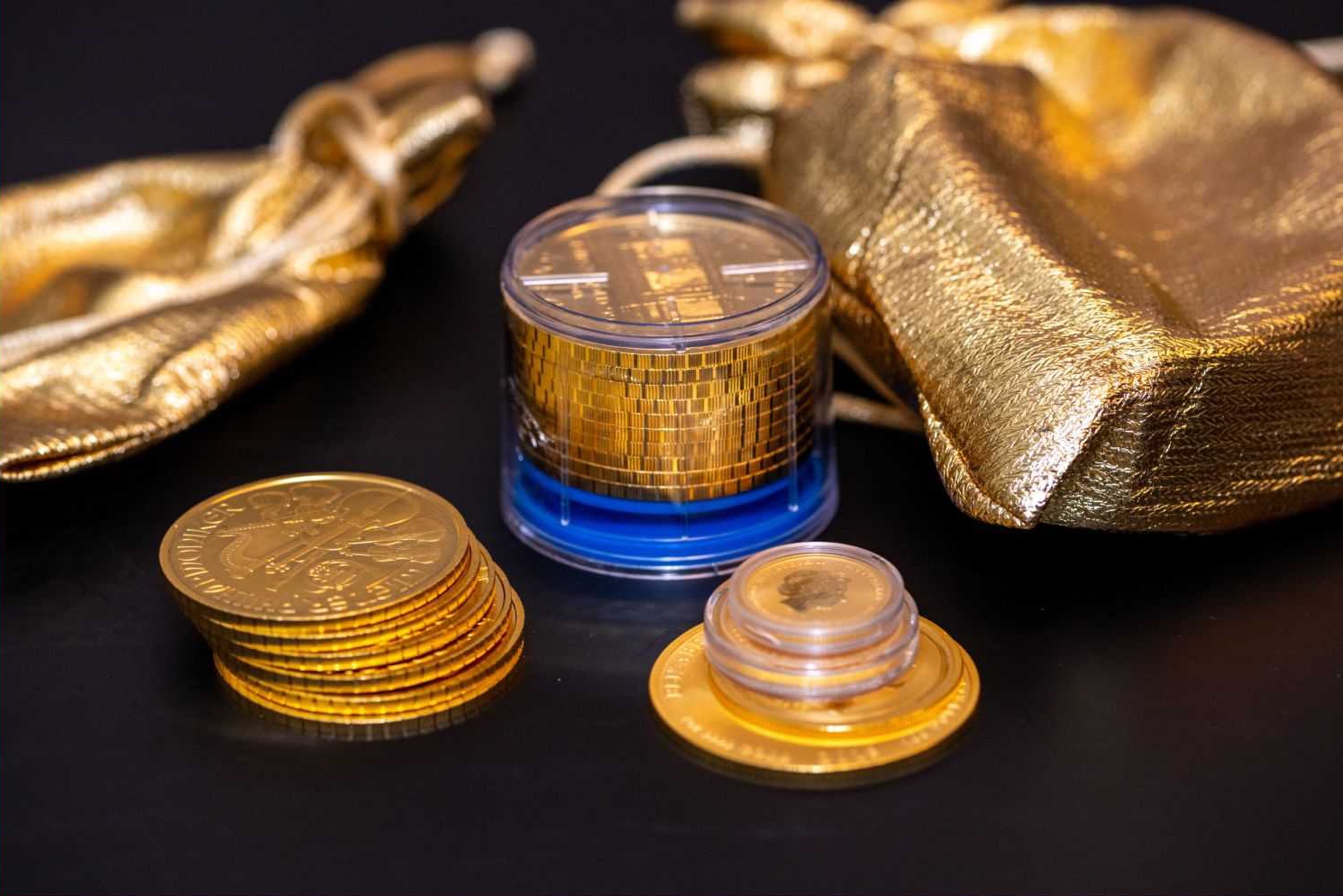- The U.S. dollar’s role as the global safe-haven asset is increasingly under threat.
- Weakening confidence in the dollar and rising economic uncertainties are shifting global dynamics.
- Gold offers a reliable hedge against potential dollar decline, safeguarding your savings.
Dollar Decline
For decades, the U.S. dollar has been the foundation of global finance. Investors and governments see it as a safe haven during crises. But recent analysis from Deutsche Bank is raising an alarming question. Could the dollar be losing that privileged position?
George Saravelos is the bank’s global head of FX strategy. He recently warned that we must seriously consider the possibility that the dollar may no longer be the ultimate safe-haven asset. “We do not write this lightly. But the speed and scale of global shifts is so rapid that this needs to be acknowledged as a possibility.”1
Saravelos pointed out two key trends. First, the historical connection between the dollar and riskier assets, like stocks, is weakening. This means the dollar is no longer moving in sync with these assets as it has in the past. And two, the U.S. current account deficit is increasing—typically a sign that the dollar is ‘overvalued’.
This is a big deal. The dollar losing its dominant status would have a profound impact. Global markets, trade, and the financial security of everyday Americans would be affected.
Why the Dollar’s Safe-Haven Status is at Risk
Deutsche Bank raised concerns after the dollar index dropped for the second day in a row. Investors were caught off guard after the U.S. imposed tariffs. Tariffs should have sent the dollar higher, but instead, the dollar unexpectedly weakened.
.
 2
2
The reality is that tariffs introduced uncertainty. Investors do not like uncertainty, and that lack of confidence is making the dollar look less attractive.
Then there is the growing account deficit. That’s the growing gap between what the U.S. spends on foreign goods and services and what it earns from exports. This could lead to borrowing more money and create economic problems. A widening deficit suggests that the dollar may be overvalued. And if investors start questioning its stability, they may look for alternatives. President Trump’s tariffs hold the potential to correct that deficit.
What Happens If the Dollar Loses Supremacy?
The U.S. has long benefited from the dollar being the world’s reserve currency. It lets the government borrow money cheaply. It also helps control inflation. Plus, it ensures American companies can operate smoothly around the world. If the dollar’s safe haven status fades, that could change.
A weaker dollar could lead to higher prices for imported goods, hitting American consumers in the wallet. Investors would face more volatility as financial markets adjust to new safe-haven assets. Even the Federal Reserve might have to rethink its policies in a world where the dollar isn’t the automatic go-to currency.
The long-term implications are even more concerning. If foreign governments and businesses use other currencies for trade, the demand for the dollar might drop. This could lower its value. That, in turn, could make borrowing more expensive for the U.S. government. Creating higher interest rates and slowing economic growth.

If Not the Dollar, Then What?
If the dollar loses its traditional role, other currencies will step in to fill the gap. Some analysts believe the Japanese yen is emerging as the new safe-haven currency. That is due to Japan’s strong economic fundamentals and its significant holdings of U.S. Treasury bonds.
There’s also growing momentum behind a potential BRICS currency. The economic bloc—made up of Brazil, Russia, India, China, and South Africa—has focused on reducing reliance on the U.S. dollar. They are considering a new reserve currency backed by gold. The BRICS+ bloc controls around 42-44% of global FX reserves. Their potential influence should not be underestimated.3
If BRICS nations successfully shift away from the dollar, it could upend the global financial order. U.S. influence in trade, sanctions, and economic policy would be weakened. The benefits of dollar dominance—such as cheaper borrowing costs, lower inflation, and unparalleled financial stability—could erode. The U.S. economy would be more vulnerable to external shocks. And remember, economic power translates directly into political power. Losing financial dominance would mean losing America’s ability to shape global events, signaling the end of an era of U.S. supremacy.
Gold: The Untarnished Safe Haven
While currencies rise and fall, gold remains a trusted store of value. In times of uncertainty, investors flock to gold. And we’re seeing that now—its price has been hitting record highs as people seek stability and long-term security.
Central banks, including those in BRICS nations, have been increasing their gold reserves, as they move away from U.S. Treasuries. A sign that they see its enduring value as faith in the greenback fades.
Conclusion
The financial landscape is evolving, and the U.S. dollar’s role as the ultimate safe-haven currency is no longer a guarantee. If its dominance declines, global markets will have to adjust. The effects will be felt everywhere—from trade and investments to everyday prices at the store.
For individual Americans, gold offers a hedge against currency risk. Physical precious metals held in a Gold IRA provide a way to protect savings from an insecure dollar. To learn more, call American Hartford Gold today at 800-462-0071.









 3
3


 3
3

